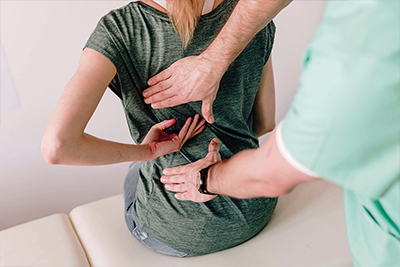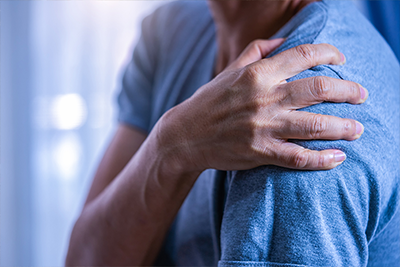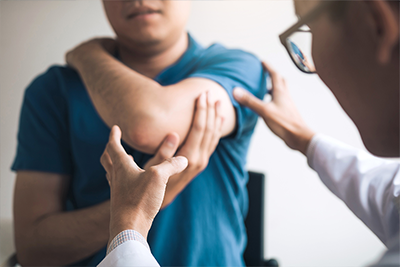Birth is one of the most traumatic experiences a baby can go through. It is not often known, for example, that the baby’s cranial bones move and overlap affording the flexibility required during delivery. Even after a successful delivery, a baby’s spine is still at risk.
However, there are some precautions you can take as a parent to minimise this risk both to your baby and to yourselves. Here are the healthiest positions for you to care for your baby.
Holding baby:
Your baby should be held close to you. With the back of your baby’s head supported with your index finger behind the ear.
Bathing baby:
Your baby’s head should be supported using your thumb and forefinger while your free hand is used for bathing and supporting your baby in the tub.
Parent/child interaction:
Throwing your child up and down can actually cause spinal problems due to a lack of support as your child is being bent forward and backward.
Picking children up:
When lifting your child, you should be on your haunches, lift your child while holding them under both arms, and avoid carrying them on one hip. Preferably, your child should be carried in front of you with one leg either side of you.
Papoose type slings and carriers:
Unfortunately, contraptions that allow your child to sit before it is naturally able to can cause major spinal problems. Most of the holding devices keep your baby’s spine in the ‘c’ shape curve it’s born with and do not allow the normal curves in the neck and low back to develop.
Dressing the child:
Clothing that has a tight collar can put a strain on your child’s spine in the neck and the area between the shoulder blades. Buttons and zips should be used as much as possible.
Feeding:
If breastfeeding, you should hold the baby at the level of the breast whilst supporting your arm on a pillow, to reduce spinal problems in yourself. You should place the baby so that it faces your breast so that rotation of your baby’s neck is minimised.
Crawling:
Crawling should be actively encouraged, as a lack of sufficient crawling is responsible for weak spinal architecture.
Emotional stress can also affect your baby. Domestic disharmony and maternal distress are very quickly picked up by the infant. This turns to irritability, crying and unsettled behaviour. The negative effect on muscle tone, sleeping and feeding patterns is a major contributor to spinal subluxations.
As parents, bonding should be encouraged immediately for you both. Holding the infant close to your body, maintaining sustained eye contact, smiling and making soothing sounds are all important.
Related Articles
- Osteopathy FAQs
- How to Manage Back Pain During Pregnancy
- Low Back Pain During Pregnancy
- What Does Cranial Osteopathy Do for Babies?
- Introduction to Cranial Osteopathy




























